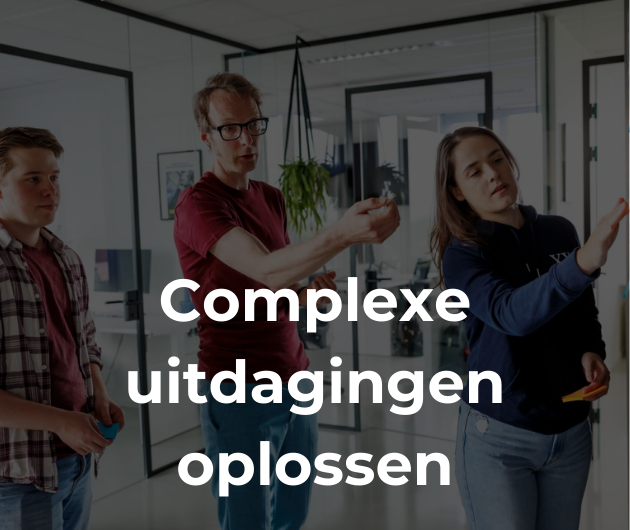With the possibility of the fortunes of major companies continuing to slide, some out of existence, 2001 could be a bleak time for the IT industry. Counter to this it is high time that the obscene profits earned by companies who deliver unreliable and inappropriate products were curtailed and open source software promises to do just that.
And so, amidst the gloom, there are some really good bright sparks. The following are some hopes and wishes for 2001, and the next decade. First now that Enterprise Java Beans is maturing, the mid year availability of EJB 2.0, will mark the establishment of EJBs as the only way forward, both for enterprise and far smaller systems. What is going to be really interesting to see is which companies can port their earlier Java-based products, particularly development tools, to standard EJB run-time systems – and what Microsoft users are going to do. There are going to be some new faces and some failures (leading to a lot of mergers and acquisitions) created by EJB technology; the NASDAQ fall is not the only influence on who-is-who!
2001 will also be the year when corporate resistance to open source software (OSS) ends. That does not mean that everyone will have changed from NT to Linux by the year end, but longer term plans will inevitably include Linux in the reckoning. OSS is such a major change to the established products that are purchased by corporate IT departments that it takes some understanding. So far it has been seen as O.K. for Universities and enthusiasts, but not for business critical applications. The fear of lack of support for OSS products is gradually fading as the value for money is realised, and as professionally supported products are accepted. Red Hat, but more intriguingly Caldera, are taking OSS and its support into the global corporate world.
Linux however is only the beginning. Apache, already the industry standard Web server, is readying major new products. It is very likely that 2001 will see Apache delivering a full function Application Server, hopefully to become the standard EJB run-time system for Unix, NT, etc. as well as Linux.
Unfortunately the desktop is another problem. Sadly 2001 will not see a suitable alternative to Office 2000, although one is desperately needed. The problem is as much one of timing as anything. It is possible that an OSS office suite, something equivalent to Sun’s Star Office, will be available, but that would have to be based on Windows and not Linux, simply because of the installed base of Windows clients. It is most likely that the new generation of Linux-based GUI office products will gain some ground during 2001 in the academic world, but it is some years off becoming a viable alternative for the corporate world, nor for the domestic market either. At least however 2001 should see the standardisation of Linux GUI technology and some signs of the shape of things to come. In conclusion OSS, Linux and Apache in particular, are going to make a big impact in 2001 as servers, but not desktops. This may even accelerate the development of Java Applet enhanced Browser office applications, by-passing the PC desktop era altogether.
There is one other area where I hope some serious progress will at last be made and that is in the use of CASE design tools. We have heard this every year for the past 10 years or more, but with all the changes brewing, there is probably more chance of something at last happening this year. It isn’t that there is no use of CASE, far from it, but CASE should be by now the norm, not just for the enlightened few. There are a lot of influences at work in 2001 to note (i) hardware, specifically large disc drives, is relatively cheap (ii) XML and UML combined into XMI provide a chance for a standard Repository software interface to become established (iii) e-commerce applications are proving the need to integrate business and technical developments, which means a commerce repository and (iv) OSS, yet again – CASE is a high profile academic topic.
The possibility of a Repository standard would be the real progressive development since it would enable a wide variety of new and old, front-and-back end CASE tools to interwork, which would bring the price down dramatically, thereby increasing the volume of users.








